As Fibula is called one of the two lower leg bones. This belongs to the long bones.
What is the fibula?
In the fibula (Fibula) is a tubular lower leg bone. Together with the shin (tibia), to which it is attached on the outside, it forms the human lower leg. The fibula is thinner in its circumference than the shin.
The term fibula comes from Latin. Translated into German, it means something like "clasp" or "stitching needle". The fibula is firmly connected to the shin bone and represents the joint surface for the upper ankle joint. Fibers provide the connection between the fibula and the tibia. The fibula is located on the outer side of the lower leg. Painful injuries such as a fibula fracture can occur to the fibula.
Anatomy & structure
The fibula is composed of the fibula (corpus fibulae), the fibula neck (collum fibulae), the fibula head (caput fibulae) and the outer malleolus (malleolus lateralis). The shaft of the fibula has three sharp edges.
These are called the anterior margin, interosseus margin, and posterior margin. Between them lie three surfaces that are named Facies posterior, Facies lateralis and Facies medialis. The multiple division is caused by the multitude of muscle origins.
In the intermediate area of the Margo interosseus and the edge of the tibia, which bears the same name, runs the Membrana interossea cruris. The tight connective tissue membrane divides the human lower leg into a front and a rear area. On the back of the calf community, the crista medialis separates the original area of the tibialis posterior muscle and the area of the flexor hallucis longus muscle. The fibula neck serves as a link between the calf community and the head of the fibula.
Another important part of the fibula is the head of the fibula. On the outer side, the head of the fibula can be felt directly below the knee. However, it has no part in the formation of the knee joint. The connection to the shin is made by a cartilaginous joint surface. This is called the facies articularis capitis fibulae. There is a connection between it and the facies articularis fibularis at the lateral condyle of the tibia. In the proximal direction is the prominent fibula tip, known as the apex capitis fibulae.
The outer malleolus is located at the lower end of the fibula and is formed by a strong expansion. It is closely adjacent to the shin and has its own joint surface. This is the lateral articular malleolar surface. The lateral ankle runs further in the distal direction than the tibia. The malleolus (ankle fork) is formed together with the medial tibiae malleolus. This grips the talus between itself.
Function & tasks
The development of the fibula begins in the 2nd embryonic month. This creates a perichondral bone cuff in the corpus area. During the second year of life, an enchondral bone core forms within the ankle, which does not occur in the calf community until the age of four.
The distal closure of the epiphyses begins between the ages of 16 and 19. Between 17 and 20 years of age, the closure towards the middle of the body also takes place. While the course of the proximal epiphyseal line is below the fibula head, the distal line is above the malleolus.
The lower section of the fibula is important for the upper ankle. From this point, the forces acting on the leg are passed on via the proximal articulatio tibiofibularis (shin-fibula joint) between the bones in the direction of the shin and thigh bones.
The fibula, on the other hand, has no functional influence on the knee. It has only an indirect participation through the fibula head.
Diseases
The human fibula can be affected by various injuries. First and foremost, this includes a fracture of the fibula (fibular fracture).
This fracture mostly occurs as a result of accidents in which the fibula is severely damaged. The fracture is often extremely painful and patient needs some patience to heal. Not infrequently, a fracture of the fibula is caused by direct exposure to violence such as a kick at a football game. In addition, the fibula fracture is also often associated with knee injuries. Sometimes bone diseases such as osteoporosis (bone loss) or tumors are also responsible for the fracture of the fibula.
Typical symptoms of a fracture are severe pain, a bruise and the formation of swelling. Treatment of a fibular fracture for most patients consists of surgical intervention in the form of osteosynthesis. Adjusting screws or plates made of metal are attached. Intramedullary nailing is also possible.
The fibular shaft fracture is a variant of the fibula fracture.A fracture of the fibula head is also possible. This is usually achieved by striking the head immediately, which in turn usually occurs in football. In addition, the peroneal nerve (lower leg nerve) can be affected by this type of fracture.
Another injury that occurs rarely is the syndesmosis tear. This results in a rupture of the tight fiber connection that exists in the ankle joint region between the fibula and the shin. Surgical immobilization is not infrequently required after such an injury so that the affected person's ankle can regain its stability. Fibulaplasia is one of the diseases of the fibula. The fibula does not develop properly.
Typical & common bone diseases
- osteoporosis
- Bone pain
- Broken bone
- Paget's disease


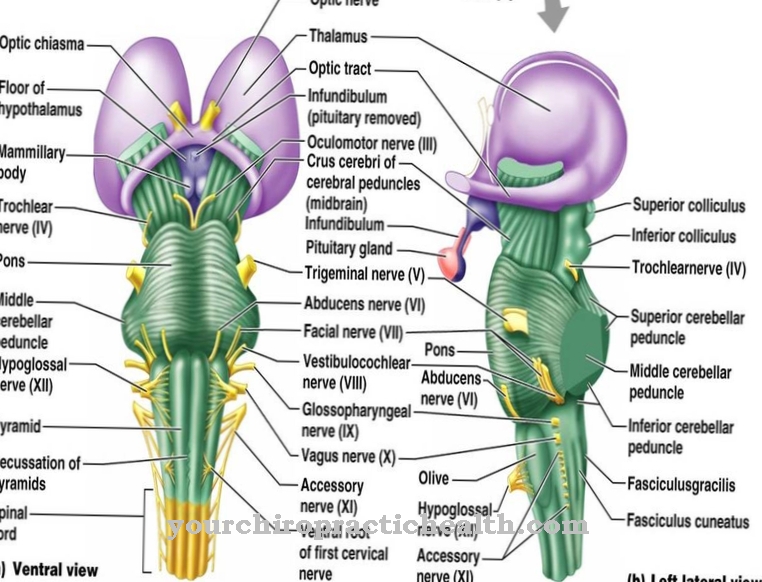
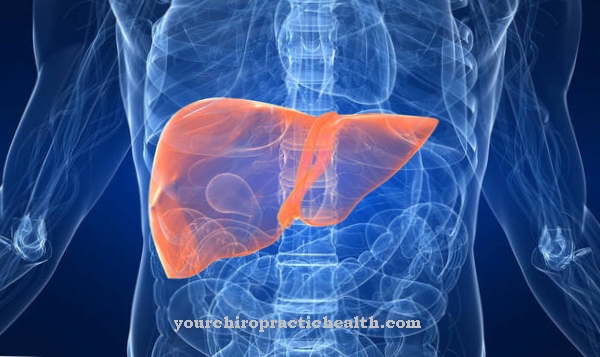
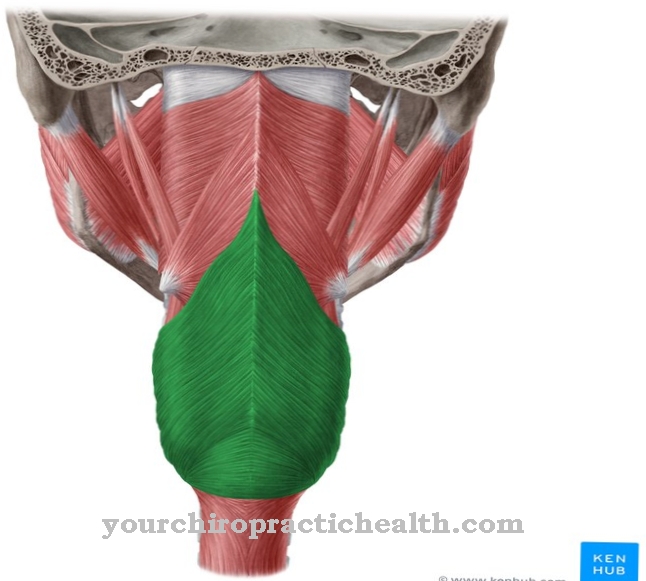
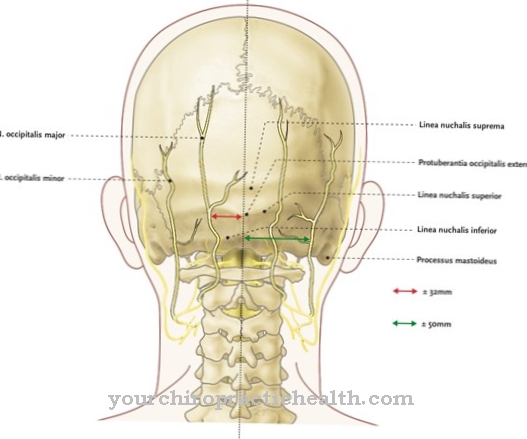
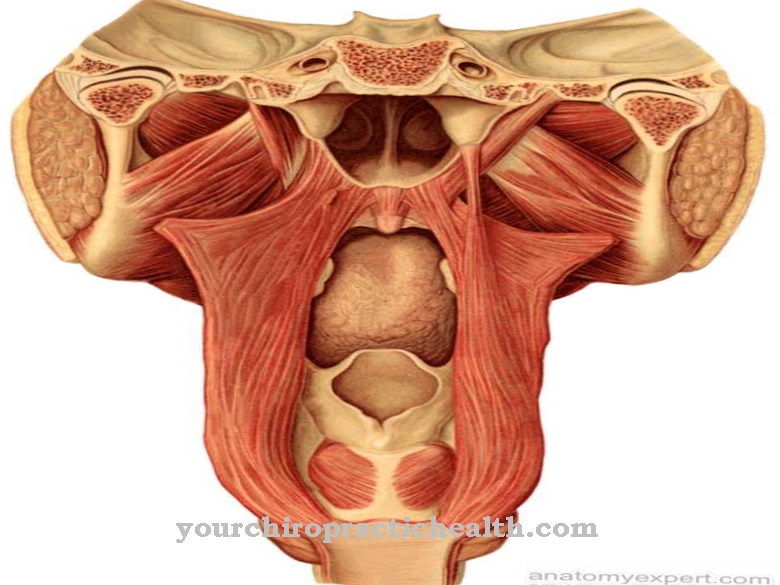







.jpg)













